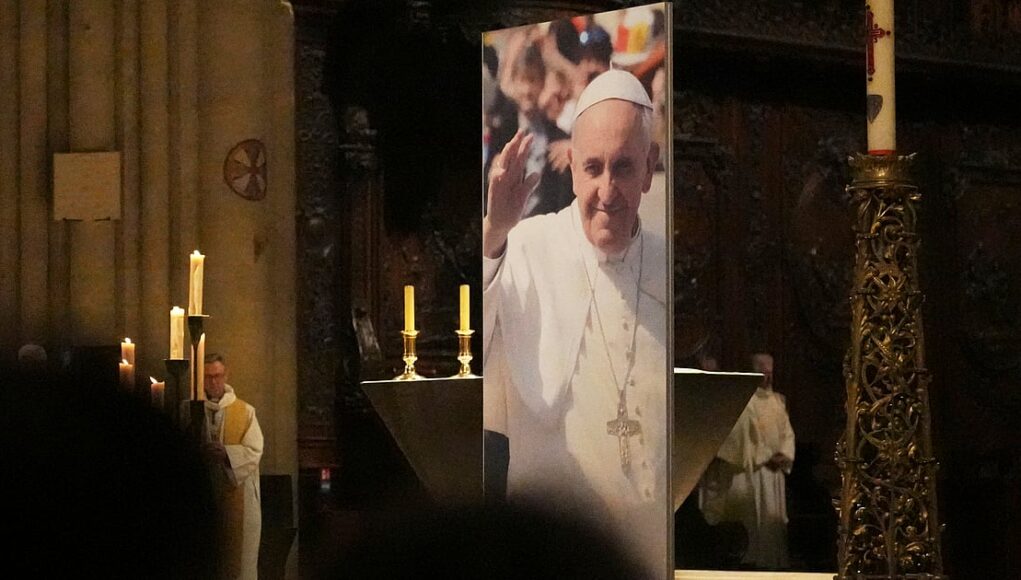Source : NEW INDIAN EXPRESS NEWS
3. Asking forgiveness
At times, Francis did something that was once unthinkable for a pope: He apologised. He was not the first pontiff to do so, however.
Pope John Paul II declared a sweeping “Day of Pardon” in 2000, asking forgiveness for the church’s sins, and Pope Benedict XVI apologised to victims of sexual abuse. During Francis’ papacy, he acknowledged the church’s historic role in Canada’s residential school system for Indigenous children and apologized for abuses in the system.
But what does it mean for a pope to say, “I’m sorry”?
Annie Selak, a theologian at Georgetown University, unpacks the history and significance of papal apologies, which can speak for the entire church, past and present.
Often, she notes, statements skirt an actual admission of wrongdoing. Still, apologies “do say something important,” Selak writes.
A pope “apologizes both to the church and on behalf of the church to the world. These apologies are necessary starting points on the path to forgiveness and healing.”
4. A church that listens
Many popes convene meetings of the Synod of Bishops to advise the Vatican on church governance. But under Francis, these gatherings took on special meaning.
The Synod on Synodality was a multiyear, worldwide conversation where Catholics could share concerns and challenges with local church leaders, informing the topics synod participants would eventually discuss in Rome. What’s more, the synod’s voting members included not only bishops but lay Catholics – a first for the church.
The process “pictures the Catholic Church not as a top-down hierarchy but rather as an open conversation,” writes University of Dayton religious studies scholar Daniel Speed Thompson – one in which everyone in the church has a voice and listens to others’ voices.
5. Global dance
In 2024, University of Notre Dame professor David Lantigua had a cup of maté tea with some “porteños,” as people from Buenos Aires are known. They shared a surprising take on the Argentine pope: “a theologian of the tango.”
Francis does love the dance – in 2014, thousands of Catholics tangoed in St. Peter’s Square to honor his birthday. But there’s more to it, Lantigua explains. Francis’ vision for the church was “based on relationships of trust and solidarity,” like a pair of dance partners. And part of his task as pope was to “tango” with all the world’s Catholics, carefully navigating culture wars and an increasingly diverse church.
Francis was “less interested in ivory tower theology than the faith of people on the streets,” where Argentina’s beloved dance was born.
This story is a roundup of articles from The Conversation’s archives.
Molly Jackson, Religion and Ethics Editor, The Conversation
This article is republished from The Conversation under a Creative Commons license. Read the original article.
SOURCE :- NEW INDIAN EXPRESS








